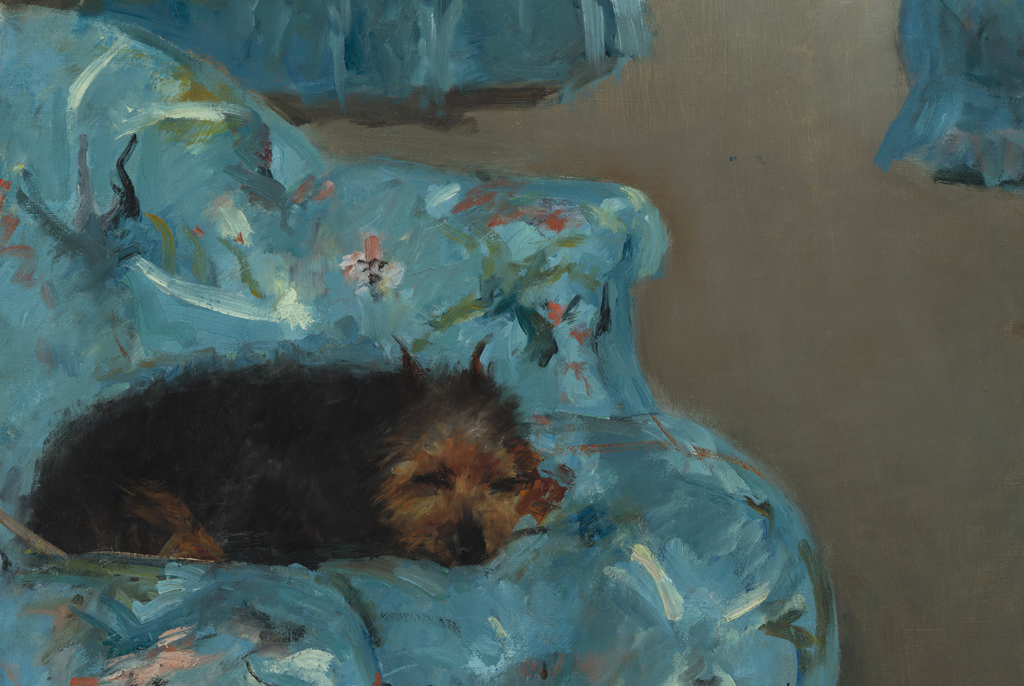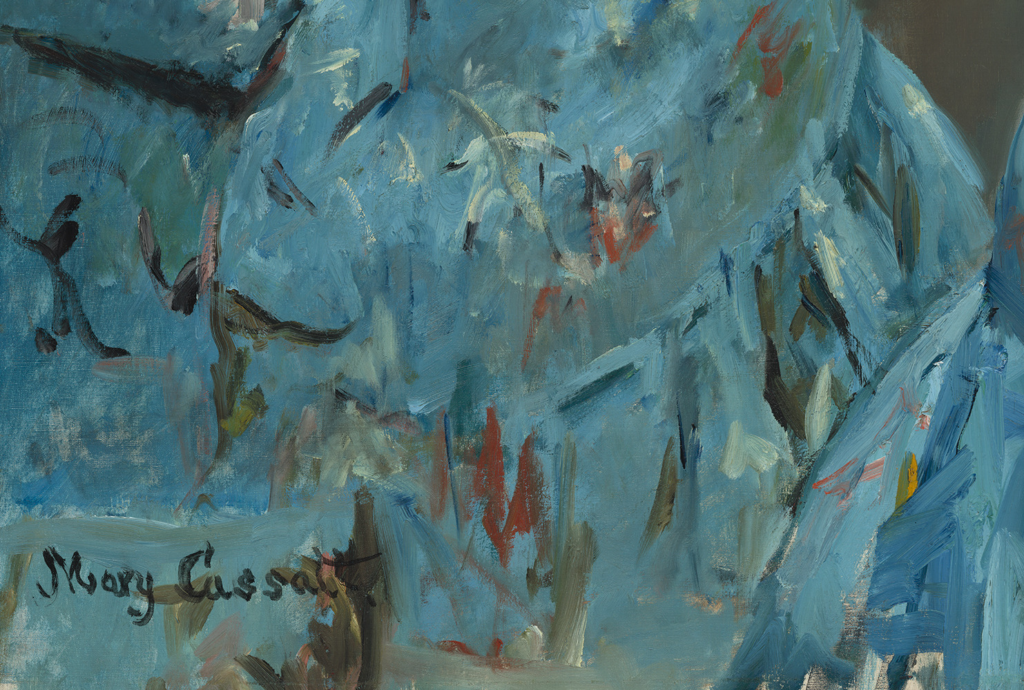Masterpiece Story: Portrait of Madeleine by Marie-Guillemine Benoist
What is the message behind Marie-Guillemine Benoist’s Portrait of Madeleine? The history and tradition behind this 1800 painting might explain...
Jimena Escoto 16 February 2025
2 July 2024 min Read
Mary Stevenson Cassatt was an American painter and printmaker. She lived much of her adult life in France, where she became friends with Edgar Degas and later exhibited among the Impressionists as one of les trois grandes dames (the three great ladies). She was famous for creating images of the social and private lives of women, with particular emphasis on the intimate bonds between mothers and children. Little Girl in a Blue Armchair is one of her most important works.
The painting was probably showcased at the Fourth Impressionist Exhibition of 1879 as Portrait de petite fille. At that time Cassatt was in conflict with the official French art establishment and had her submissions rejected by the official Salon. Thus, it was a big deal for her when Edgar Degas invited her to join the Impressionists.

The dog pictured lying in the armchair next to the child in Little Girl in a Blue Armchair is a Brussels Griffon. It was Degas who presented her with a pup he had procured from fellow Impressionist Ludovic-Napoléon Lepic, a dog lover who bred them, and Cassatt went on to keep them for the rest of her life. Degas also had another contribution to the painting – recent cleaning and infra-red photography at the National Gallery of Art has confirmed Degas did some reworks on the piece.
The girl herself was the daughter of Degas’ friend. By that time Degas and Cassatt certainly had much in common. Both were born into the upper-middle class, the children of bankers, and both had strong connections to America. Degas’ mother and grandmother were American and he had stayed with his family in New Orleans from 1872-1873. Cassatt was born in Pennsylvania and spent four years studying at the Pennsylvanian Academy of the Fine Arts.
The similarities in their work are also visible: in the composition, the casual, unposed treatment of the sitter, as well as the interest in the private moment.

The painting, dazzling with its predominant hue of deep turquoise, was purchased from the artist by Ambroise Vollard of Paris around 1903 for his gallery and was later acquired by Hector Brame of Paris. It was sold in 1963 to Mr. and Mrs. Paul Mellon. They lent it to the National Gallery of Art for exhibitions and eventually gifted it in 1983.
For Griselda Pollock, a visual theorist, cultural analyst and scholar of international, postcolonial feminist studies in the visual arts, it is one of the most radical images of childhood of the time. It may be true. Cassatt herself once wrote:
I love to paint children. They are so natural and truthful.
Mary Cassatt.

DailyArt Magazine needs your support. Every contribution, however big or small, is very valuable for our future. Thanks to it, we will be able to sustain and grow the Magazine. Thank you for your help!